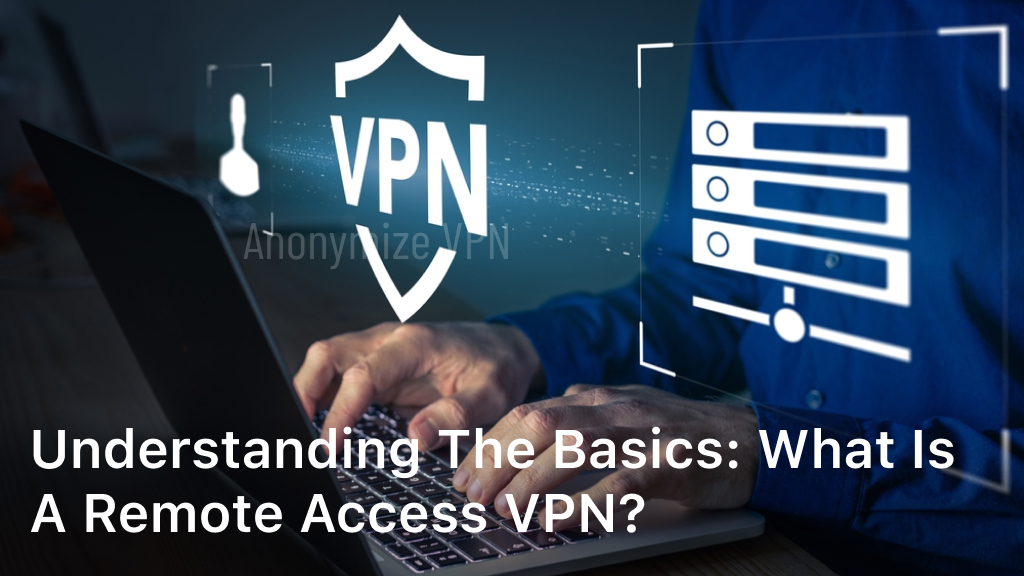Exploring Secure Socket Tunneling Protocol Basics
If you’re concerned about having a secure and encrypted remote access solution, then you need Secure Socket Tunneling Protocol (SSTP). This VPN protocol ensures safe data transmission, enhancing network security. SSTP uses robust TLS encryption to protect data against unauthorized access, making it a reliable option for data encryption.
With SSTP, businesses and organizations can establish secure and encrypted remote connections, reducing the risk of data breaches. In this article, we’ll explore the benefits of SSTP and why it’s a standout VPN protocol. We’ll also discuss its implementation and role in data protection, enabling you to make informed decisions about your remote access solution.
Understanding SSTP: A Secure Connection for Remote Access

Secure Socket Tunneling Protocol (SSTP) provides a reliable solution for remote access and ensures data security. SSTP operates within an SSL tunnel, which facilitates a secure and encrypted connection. This protocol creates a safe pathway that avoids interception by unauthorized third parties during transmission, thereby providing exceptional security for remote access.
An SSL tunnel safeguards the security and privacy of data being transmitted over a network. SSTP uses SSL to establish a secure tunnel, ensuring major encryption during the connection. In comparison to other VPN protocols, SSTP stands out as a preferred choice for remote access due to robust security features. It also offers high supportability to different platforms, which improves the accessibility of remote access.
Overall, SSTP is a remote access solution that ensures secure data transmission, providing confidence to organizations when accessing sensitive data. SSTP proves to be an efficient solution for secure remote access transmissions through an SSL tunnel.
The Power of TLS Encryption in SSTP
In SSTP, data transmitted over the network is protected by robust TLS encryption, enhancing network security. TLS encryption ensures that data remains confidential and integral as it moves through the SSL tunnel. This encryption protocol provides an additional layer of security, making it more difficult for unauthorized parties to access sensitive information. SSTP’s use of TLS encryption ensures that remote access solutions are safe and secure, protecting data privacy for individuals and organizations.
Why SSTP is a Great VPN Protocol
When it comes to network security, Secure Socket Tunneling Protocol (SSTP) stands out as a reliable VPN protocol. In fact, SSTP is often touted as a viable alternative to IPsec.
One of the main advantages of SSTP is its robustness. It relies on a secure tunnel to transmit data, ensuring that communication is secure and encrypted. This feature makes SSTP an excellent choice for organizations that want to bolster their remote access security.
Moreover, SSTP is highly efficient and customizable, allowing users to tailor the protocol to meet their specific needs. Whether organizations need to increase their network security or protect sensitive data, SSTP can help.
In conclusion, SSTP is an excellent VPN protocol with numerous advantages. Its robustness, security, and flexibility make it a top choice for organizations looking for better network security and improved remote access solutions.
Implementing SSTP for Enhanced Remote Access Security
Secure Socket Tunneling Protocol (SSTP) is an ideal remote access solution for businesses that require a high level of security. To implement SSTP, you need to follow a few simple steps:
- Ensure that your Windows Server has the SSTP server certificate installed
- Configure the authentication method you would like to use, such as user account or smart card authentication
- Adjust your network policies to allow SSTP traffic to pass through your firewall
- Configure the client-side computer to use SSTP for remote access
Following these steps will ensure that you have a secure SSTP VPN connection. When implementing SSTP, it is best to follow some best practices, such as keeping your server and client software updated and using strong authentication techniques. By using SSTP, you can rest assured that your remote access is secure and protected from prying eyes.
The Role of SSTP in Data Protection
Protecting sensitive data during transmission is a top priority for any organization. SSTP plays a crucial role in data protection by using robust data encryption to ensure that sensitive data remains secure during transmission through the SSL tunnel.
SSTP provides a secure tunnel for remote access, preventing unauthorized access to sensitive corporate data. The SSL tunnel ensures that the data transmitted between the remote user and the corporate network remains confidential and integral.
Using SSTP for remote access solutions ensures that the data is encrypted with TLS encryption, making it difficult for cybercriminals to intercept or modify. SSTP ensures that data privacy is guarded, and sensitive data is not exposed to any cyber threats.
Advantages and Limitations of SSTP
Like any technology, Secure Socket Tunneling Protocol (SSTP) has its strengths and limitations.
Advantages of SSTP
- SSTP boasts robust security features, thanks to its use of TLS encryption.
- It is relatively easy to implement, making it a popular choice among businesses of all sizes.
- SSTP works within the SSL tunnel to provide a secure connection for remote access, ensuring data privacy and protection.
Limitations of SSTP
- Compatibility issues with certain devices and operating systems can limit the effectiveness of SSTP.
- Unlike some VPN protocols, such as OpenVPN and IPSec, SSTP is not open source and is therefore less customizable.
- Some users prefer other VPN protocols because of their perceived simplicity or speed. However, SSTP provides a more robust solution for network security.
Despite its limitations, SSTP remains a powerful tool for network security. Its robust security features and ease of implementation make it an excellent choice for businesses looking to secure their remote access solutions. However, businesses should also consider the level of compatibility with their devices and operating systems before implementing SSTP as their VPN protocol of choice.
Conclusion
In conclusion, SSTP is a highly secure and efficient VPN protocol that offers robust encryption and advanced data protection. Implementing SSTP ensures a safer remote access solution that safeguards sensitive data and enhances network security. With its TLS encryption and compatibility with SSL tunnels, SSTP stands out as an IPsec alternative for secure data transmission.
SSTP is easy to set up and deploy, making it an excellent choice for businesses and individuals looking to enhance their remote access security. Despite its limitations, such as compatibility issues with some devices, SSTP remains a reliable option for those seeking a secure socket tunneling protocol.
In summary, SSTP is a crucial element of robust network security, providing a secure tunnel for remote access and data protection. It is a VPN protocol worth exploring for those looking to enhance their online security and privacy.
So, if you’re looking for a solid VPN protocol, SSTP is undoubtedly worth considering. Implementing it will give you peace of mind knowing that your data is secure and that your remote access solution is highly protected.
FAQ
What is Secure Socket Tunneling Protocol (SSTP)?
Secure Socket Tunneling Protocol (SSTP) is a VPN protocol that provides a secure connection for remote access. It utilizes robust TLS encryption to establish a secure and encrypted connection, ensuring data protection during transmission.
How does SSTP enhance network security?
SSTP enhances network security by using TLS encryption to encrypt data transmitted over the network. This ensures the confidentiality and integrity of the data, safeguarding it from unauthorized access and tampering.
Is SSTP a viable alternative to IPsec?
Yes, SSTP is considered a viable alternative to IPsec. It offers comparable security features and provides a secure tunnel for data transmission. However, compatibility issues may arise with certain devices or operating systems, so it’s important to consider the specific requirements of your network.
How can I implement SSTP for enhanced remote access security?
Implementing SSTP for enhanced remote access security involves setting up and configuring the protocol on your network infrastructure. It’s important to follow the recommended best practices and ensure that the necessary certificates and configurations are properly in place.
What role does SSTP play in data protection?
SSTP plays a crucial role in data protection by providing data encryption during transmission through the SSL tunnel. The encryption ensures that sensitive information remains secure and protected from unauthorized interception or manipulation.
What are the advantages and limitations of SSTP?
SSTP offers advantages such as robust security features, ease of implementation, and compatibility with multiple platforms. However, it may have limitations in terms of potential compatibility issues with certain devices or operating systems. It’s important to consider these factors when choosing an appropriate VPN protocol for your network.





